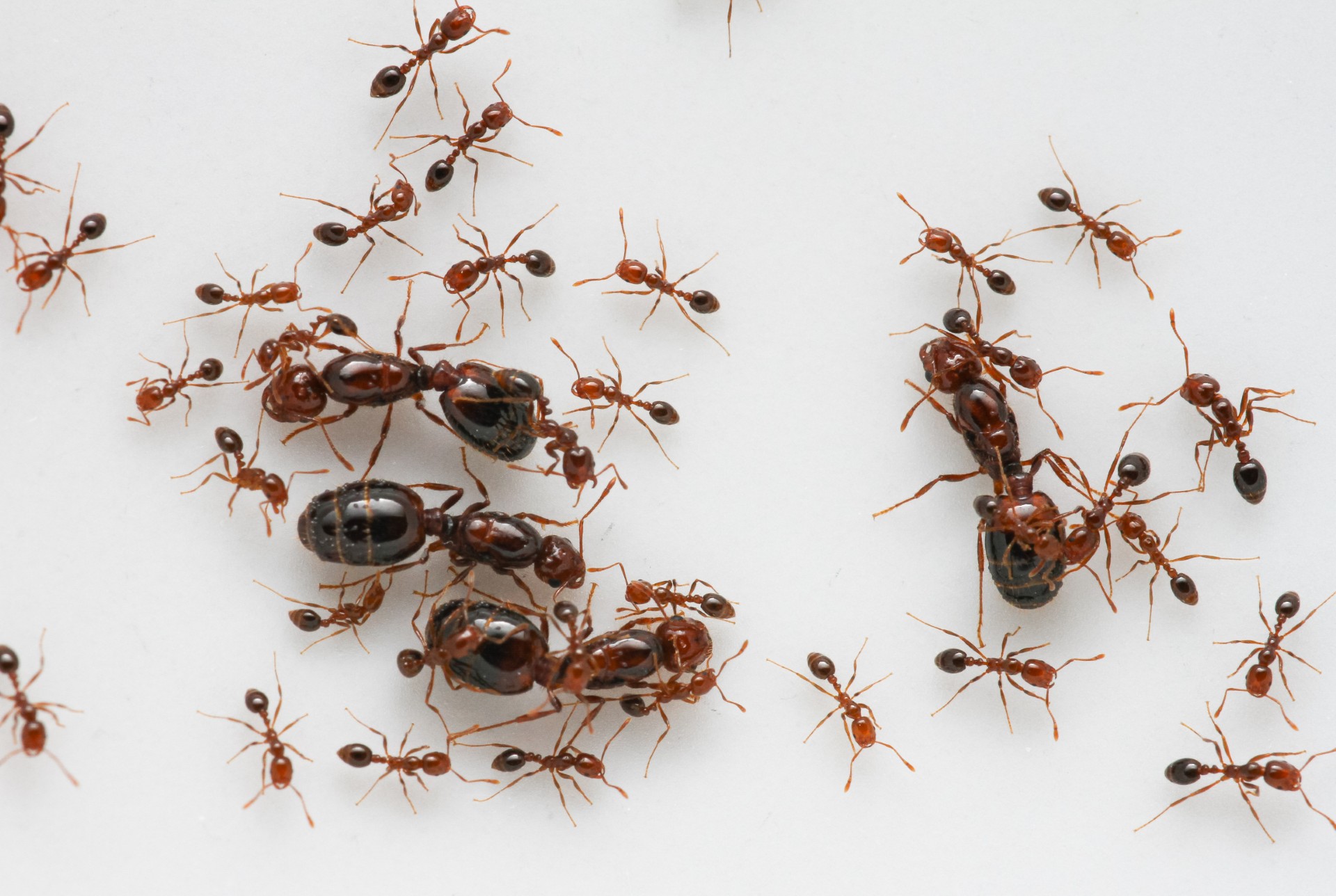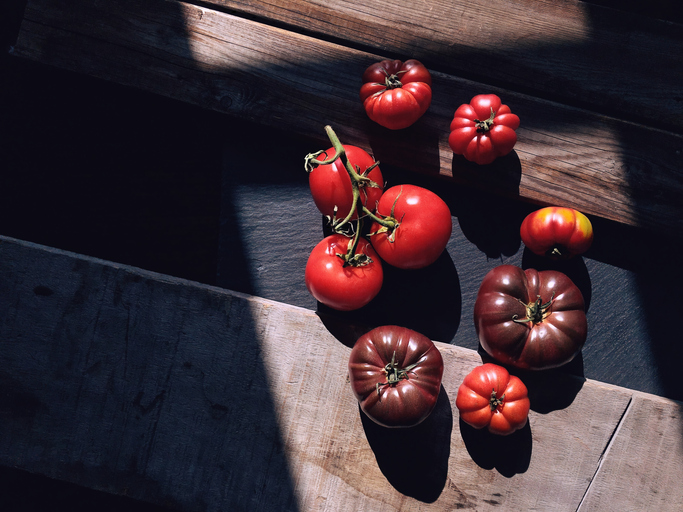You can feel it in your bones. You can smell the green scents of earth and trees. But because humans aren't as tuned-in to the seasonal changes as other living things, you're the last to know that spring has arrived.
The trees are just finishing their early spring chores. Roots have been growing, stored food caches have been emptied and the buds are swelling. Trees are turning on and tuning up for a productive growing season.
Inside the trees, many messages are being sent to assure that all parts begin at the same time and work together.
The roots have been quietly active all winter, as long as the soil was above about 55 degrees. Tree roots have been slowly colonizing new spaces and gathering essential resources.
For a while now, roots have been sending a special control message to the top of the tree. Without this root message, the top can't begin to grow. Other chemical messages prepared last year have held the tree top in a rest state through the winter.
As the root message becomes stronger and the environment more favorable for growth, the "resting" chemicals are destroyed, and the top of the tree can now grow. Shoots in the treetop greatly increase their signal to the rest of the tree. A big push will now begin across the whole tree to start all processes and put out new leaves.
For many trees, the first order of business after starting is producing flowers. Because embryo development, food storage and seed production takes time and energy, some trees must get an early start to finish by fall. Other trees, like soft maples, will flower, fruit and disseminate seeds all within a month of starting. Still others, like pines, may take two years to complete a single seeding cycle.
For all trees, spring is a perilous time. Spending most of its stored energy on reproduction can leave a tree weakened and susceptible to pest attacks.
Some trees can't answer spring's role call at all. They send messages to mobilize essential resources but find there isn't enough food to finish. These trees appear to have died in the winter, but they really passed away in spring when they starved to death.
The spring reproductive processes in trees can bring us beauty and misery. The visual glory of a colorful spring is wonderful. Unfortunately, spring tree flowers also bring allergies and irritation from pollen.
Pollen is the male half of the tree reproduction cycle. Many of the showy flowered trees are pollinated by insects. Their pollen is sticky or heavy and not blown around by the wind.
The other way of moving pollen from male to female flowers is by letting it hitch a free ride on the wind. Since the wind doesn't guarantee delivery to the correct species of female flowers, the tree produces massive amounts of airborne pollen and launches it into the breeze. Many of our native trees use the wind to pollinate their flowers.
Wind-pollinated tree flowers include oaks, hickories and pines. One strategy to catch the wind is to dangle male flowers from twig tips. These male flowers, or catkins, hold the pollen until the environmental conditions are perfect for release. The pollen then sails away, seeking female flowers to pollinate and human eyes to irritate.
With the warming weather and spring growth, many types of pollens and spores drift with the wind. Some are tree pollens, and some aren't. People usually blame trees for their allergic reactions in spring, even though most people don't know which pollen they're allergic to.
The air-spread pollens are light enough to be buoyed up by the warm breezes. Some of these pollens are extremely tiny. Larger pollens may use sails to help move around in the air. Pines have small wing-like growths on their pollen grains.
Miraculously, pollination does occur, sniffles decline and a new tree generation is on
its way. Get outside and feel the spring. The trees are waiting for you. Be polite and say
hello.






